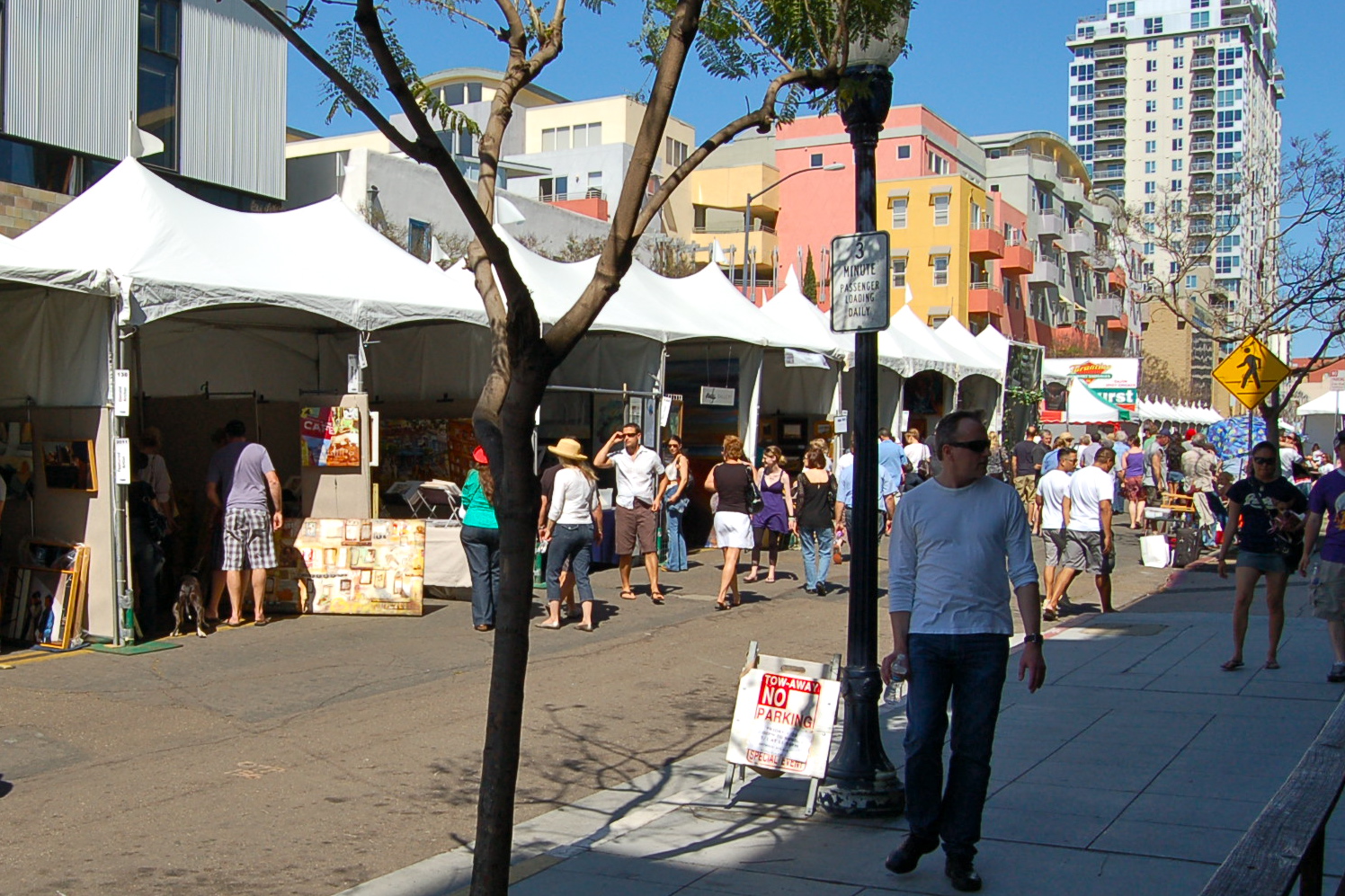More than a foot of snow fell on Mount Laguna overnight Wednesday while other local mountain tops saw several inches of powder, making for a picturesque scene not often seen in San Diego County.
The East County San Diego mountaintop sits at about 6,000 feet, and actual snow totals may be higher than the 14 inches estimated at 8 a.m., as snow was expected to fall until the afternoon in San Diego County, NBC 7 Meteorologist Sheena Parveen said.
Stream San Diego News for free, 24/7, wherever you are with NBC 7.
Palomar Observatory, at an elevation of about 6,100 feet, received at least 10 inches of snow, and Julian, with an elevation of 4,100 feet, saw at least three inches, the National Weather Service reported.
Get top local San Diego stories delivered to you every morning with our News Headlines newsletter.
Even areas with elevations as low as 2,000 feet received some snow. Lake Morena received a few inches and Descanso and Campo received up to an inch.
Because the snow was falling at such low elevations, roadways were slicked and dangerous in areas where it’s not usually expected. Morning commuters were warned to use caution on the road Wednesday.
“You can expect travel is going to be very hazardous,” Parveen warned.
Local
By 8 a.m., traffic was already affected on Interstate 8 near Buckman Springs Road where snowfall stunted at least 10 semi-trucks, according to California Highway Patrol communications.
The semis were getting stuck going up the hill and a snowplow was called to clear the roadway. By 9 a.m., the road was cleared and the trucks were moving again.
By the afternoon, Sunrise Highway between SR-79 and mile marker 27.5 was closed due to the snow, according to the San Diego County Department of Public Works.
The California Highway Patrol issued guidance specifically for those who are traveling to the Mount Laguna/Julian area.
The agency said with treacherous conditions expected, tire chains will be mandatory. Only vehicles with chains will be allowed access to the area.
- Chains Required:
- Sunrise Highway from I-8 to SR-79
- SR-79/SR-78 from SR-9/Washington Street to SR-78/SR-79 in Julian
- SR-79 from SR-78 to I-8
- S. Grade Road
- E. Grade Road
To ensure driver’s safety, a checkpoint will be held at Sunrise Highway. There, CHP officers will check if passing vehicles have snow chains. An additional checkpoint may take place at SR-79 from Descanso to Julian, depending on the weather.
“Snow and rain increase hazardous driving conditions,” the agency said in a statement. “Please exercise additional care when driving on slippery or iced-over roadways.”
School Closures
As a result of the storm, the Mountain Empire School District said closed its campuses Tuesday, with blame being put on high winds, which can cause havoc with high-profile vehicles like buses.
On Tuesday evening, with a snowstorm in the offing, the county’s department of education announced school closures for several districts on Wednesday. Students and staff from the following districts were instructed to stay home:
- Julian Union Elementary School District
- Julian Union High School District
- Mountain Empire Unified School District
- Spencer Valley School District
Due to the lingering effects of the storm, officials from the Julian school districts wanted to alert people early to expect a late start on Thursday as well.
Get updates on what's happening in San Diego to your inbox. Sign up for our News Headlines newsletter.
What's Next?
Snowfall is expected through the afternoon in the mountains. Elsewhere, cold and rainy conditions will continue through the morning before the region dries up a bit, Parveen said.
Brace for chilly temperatures overnight. A frost advisory is in effect along the coast and a freeze warning is in effect for the valleys until 8 a.m. Thursday.
Why is snow falling at such low elevation levels?
First, the cold storm. Parveen said this storm system is accompanied by a dip in the polar jet stream, so it’s bringing arctic air with it that allows our typically warm atmosphere to be much colder -- which creates snow.
And, once that snow develops, it takes much colder temperatures to allow it to cling at lower elevations. That’s where time of day comes in, Parveen said.
“Most snow will occur late tonight and overnight when temperatures naturally get colder,” she said. “Since the snow will be falling at this time, it will become a cycle of cold air, and good snowfall, allowing the air to stay cold and get colder in some cases.”



